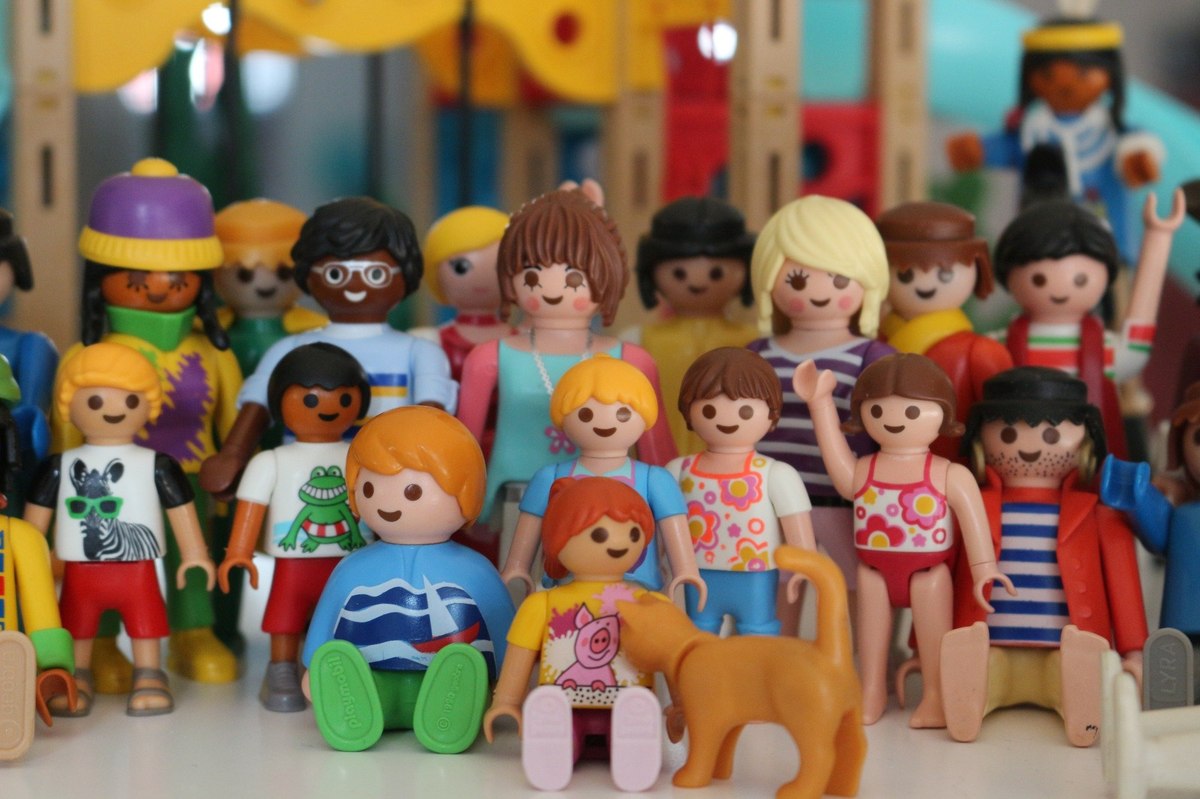
Playing with diversity and inclusion: Consumer views toward the toy industry
For the past few years, the toy world has been abuzz with conversations around diversity and inclusion. Toymakers, including household names such as LEGO and Mattel’s Barbie collection, have made strides to introduce kids to these complex topics and ensure that children of all backgrounds can see themselves reflected in their toys.
In the spirit of the holiday season and society’s growing awareness of inclusivity, YouGov released a study on consumer views toward the toy industry, drawing on insights from more than 8,000 interviews with consumers in the US, UK, France and Germany.
The report looks specifically at the marketplace for toys and digs into the moral, ethical and sustainable considerations that shoppers may have when purchasing toys.
Get the full YouGov report, “Toys, in the eyes of the responsible shopper” here.
Here are a few insights from the study.
The marketplace for toys
We measured how often people typically buy toys for children to understand the different segments of toy consumption.
Among the markets surveyed, France is the clear leader in terms of share of people who buy toys once a year or more often. Three in five (60%) French consumers say they make at least one toy purchase a year. Roughly half (48%) of UK consumers say the same, followed by those in the US (45%) and Germany (39%).
Toy buyers who buy toys for children at least once a year are more likely to be female, especially in the UK. They are also skewed towards parents aged 25-44, but many are older - grandparents over the age of 55. German toy buyers tend to be younger and more evenly balanced by gender.
The report segments toy buyers even further by consumption rate and the data reveals that it’s the US that has the greatest share of Heavy Toy Buyers or those who buy toys for children once a month or more (12%).
Learn more about demographic differences amongst groups of Heavy Toy Buyers in the US, UK, Germany and France.
Toy buyers’ views around diversity and inclusion
In recent years, the surge of dialogue around D&I issues has put toymakers under the spotlight, particularly when it comes to helping kids see themselves in the toys they play with and celebrating diverse and inclusive communities.
Across all the markets surveyed, 53% of toy buyers who purchase toys at least once a year say it’s important to them that toys always represent all parts of society.
Another 56% say that toys should overtly support diversity and inclusion issues.
The data indicates that people’s likelihood to support D&I in toymaking may be linked to their toy buying frequency. In most markets, Heavy Toy Buyers express a higher level of support toward D&I in toymaking.
The one exception is in the UK, where Heavy Toy Buyers were as likely as all toy buyers to say it’s important that toys must always represent all parts of society. This doesn’t suggest that they’re against toymakers supporting D&I initiatives—65% of Heavy Toy Buyers in the UK think it’s important that toys support diversity and inclusion issues—but it may be that this audience group thinks there are exceptions for when toys should be sending a message.
Download the full YouGov toy report to learn more about:
- The main ethical concerns when purchasing toys
- The significance of sustainability for toy buyers
- The factors that put people off from buying specific toys
- How the toy industry can meet the expectations of green consumers
- Market-specific profiles of frequent toy shoppers including how they consume media, how to reach them and what’s considered important when buying a toy
Make smarter business decisions with better intelligence. Understand exactly what your audience is thinking by leveraging our panel of 20 million+ members. Speak with us today.
Explore our living data – for free
To receive monthly insights about the retail industry register here.
To read YouGov’s latest intelligence on the retail sector explore here.
Photo by Teo Zac on Unsplash